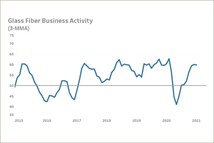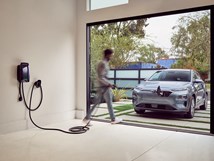FCC Delays Review on Spectrum for V2V Communications
U.S. regulators are delaying a review of unused broadcast spectrum set aside to enable vehicles to communicate with their surroundings.
#regulations
U.S. regulators are delaying a review of broadcast spectrum set aside but so-far unused that would enable vehicles to communicate with their surroundings, Reuters reports.
The decision came in response to a request from the U.S. Dept. of Transportation. DOT wants more time in which to test so-called dedicated short-range communication (DSRC) technologies, which carmakers say could reduce crashes, save lives and improve traffic flow.
The Federal Communications Commission set aside 75 megahertz of spectrum in the 5.9 GHz band 20 years ago for safety-related vehicle-to-vehicle and vehicle-to-infrastructure communication.
But the auto industry is just beginning to develop DSRC systems, claiming that the computing power required to make them work has been too expensive until now. Meanwhile, promoters of new wi-fi services have been eager to expropriate the unused 75 MHz of capacity for services that are less demanding but commercially ready to launch.
The FCC has mulled proposed spectrum sharing by the two camps. Carmakers oppose the plan, citing the potential risk of disrupting safety-critical communication. At the same time, manufacturers are split about whether to embrace DSRC to move to an alternate platform that would use 5G cellular connectivity.
RELATED CONTENT
-
Carmakers Ask 10 States to Help Bolster EV Sales
Carmakers are asking for more support for electric cars from states that support California’s zero-emission-vehicle goals, Automotive News reports.
-
Daimler Cleared to Test Advanced Robotic Cars on Beijing Roads
Daimler AG has become the first foreign carmaker to win permission to test advanced self-driving vehicles on public roads in Beijing.
-
Study: How States Should Update Traffic Laws for Autonomous Cars
U.S. states should require that all automated cars have a licensed driver on board, suggests a study by the Governors Highway Safety Assn.








